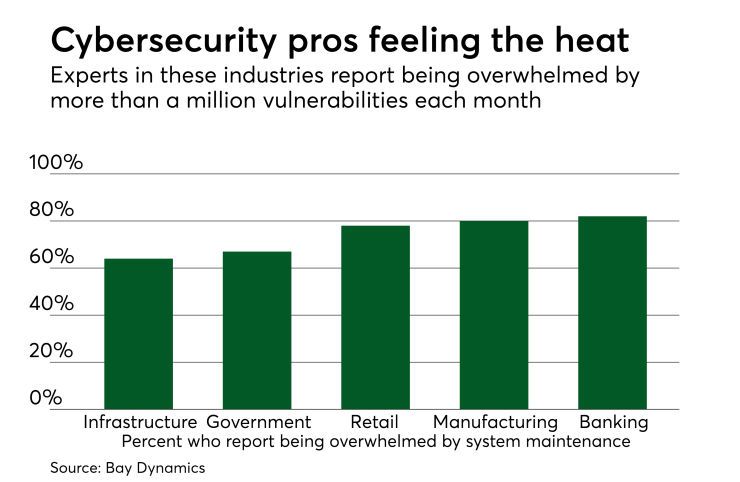Businesses in payments and financial services need to ask themselves if they are really getting the most out of data.
Most companies do not.
Part of this is likely because big data has become a common tool for modern business, but that makes the 20% number even more damning. Payment and financial services companies must ensure they are harnessing the power of their data because it is the key component to tackling challenges including regulation and compliance.

Data plans also impact security. Every organization has some kind of plan for the future, but advances in technology, cyber threats, changes in regulation and political uncertainty make it extremely difficult to plan for what lies ahead.
The only realistic way to effectively plan for success is for companies to start leveraging their data to study the challenges directly impacting them. Companies can start by changing their approach through the use of connected planning. Connected planning helps organizations dramatically improve ROI by leveraging the latest technology to quickly analyze their data sets and give them access to a clear view of what’s needed in order to formulate solid, evidence-based plans for the future. The only way to plan for the future is to keep your enterprise agile and able to adapt to the incoming challenges.
Over the next five years, financial services organizations will face myriad challenges and disruptions and it’s crucial they remain calm, proactive and pragmatic in their approach when facing them. With disruption coming from every angle it can feel like chaos and the temptation can be to either panic or freeze, taking a wait-and-see approach.
This can be dangerous— and perhaps the fastest way to be left behind by more nimble competitors. With effective planning and solid forecasting, enterprises can unlock opportunities, get closer to their customers and be prepared to face these challenges head-on.





